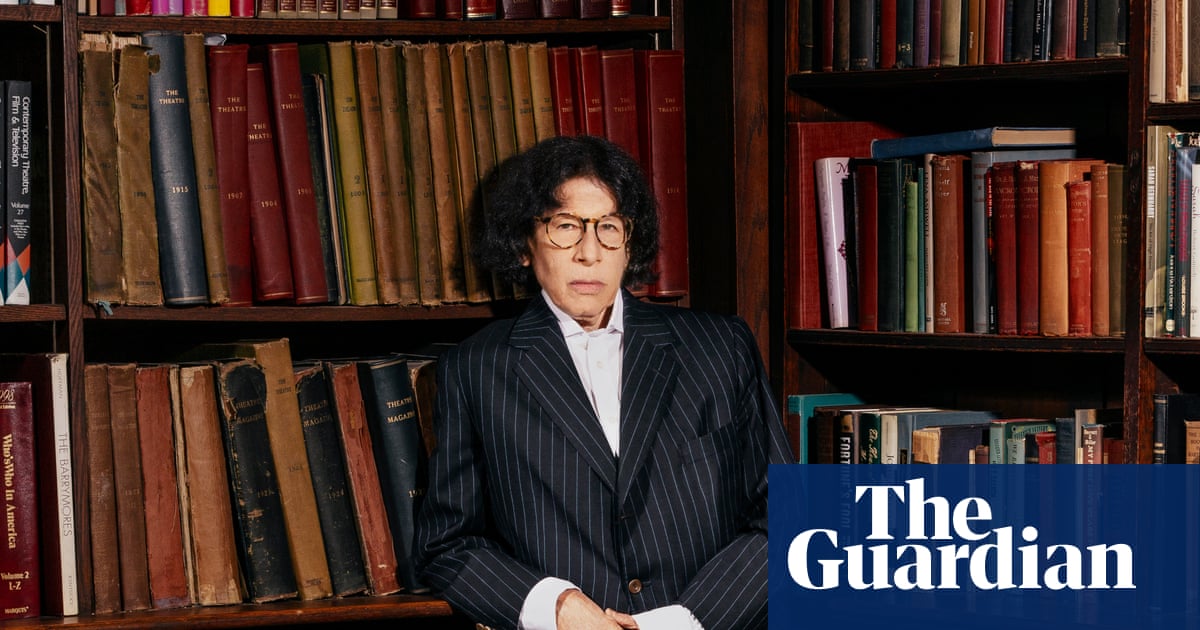When is Black Friday?
Black Friday is Friday, Nov. 28, the day after Thanksgiving. While it’s typically associated with general retail sales, we’re seeing a lot more online deals, as well. Cyber Monday, the traditional online shopping sale day,…

Black Friday is Friday, Nov. 28, the day after Thanksgiving. While it’s typically associated with general retail sales, we’re seeing a lot more online deals, as well. Cyber Monday, the traditional online shopping sale day,…

I would like to ask your opinion on five things. First of all, leaf blowers.
A horrible, horrible invention. I didn’t even know about them until like 20 years ago when I rented a house in the country. I was shocked! I live in New York City, we…
Song, S., Albert, C. & Prominski, M. Exploring integrated design guidelines for urban wetland parks in China. Urban Forestry Urban Green. 53 https://doi.org/10.1016/j.ufug.2020.126712 (2020).
Ye, Y. & Qiu, H. F. Environmental and social benefits,…
Switzerland claimed a hard-fought 25:24 win over Senegal, sealing their second victory at Germany/Netherlands 2025 and securing a historic first appearance in the main round.
GROUP B
Switzerland vs Senegal 25:24 (14:13)
Hawa N’Diaye and…

British playwright Tom Stoppard, a playful, probing dramatist who won an Academy Award for the screenplay for 1998’s Shakespeare In Love, has died. He was 88.
In a statement on Saturday, United Agents said Stoppard died “peacefully” at his…
Igbokwe, U. et al. Evaluating the implementation of the National primary health care development agency (NPHCDA) gateway for the basic healthcare provision fund (BHCPF) across six Northern States in Nigeria. BMC Health Serv. Res. 24, 1404 (2024).

The 2025-26 BMW IBU World Cup season opened Saturday in windy Ostersund, Sweden with the women’s 4x6km relay and the men’s 4×7.5km relay events.
21 countries were able to put their off-season training to the test…